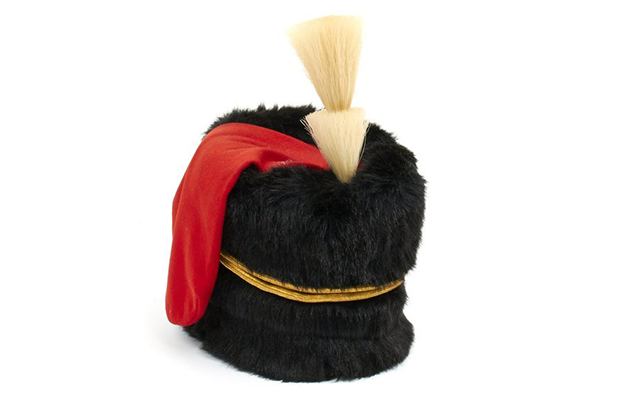
The Budenovka: Icon of Soviet Solidarity
Introduction: The Red Star on the Horizon
In the annals of history, certain articles of clothing become imbued with profound symbolism. Encapsulating the ethos and spirit of a particular era. One such iconic emblem of the Russian Civil War and the subsequent Communist regime was the Budenovka. More than just a piece of headgear. The Budenovka Icon of Soviet Solidarity carried with it a rich tapestry of history, ideology, and revolutionary fervor.
Origins and Evolution
The Budenovka derived its name from Red Army cavalry commander Semyon Budyonny, a key figure in the Russian Civil War. Designed by Viktor Vasnetsov. A prominent Russian artist, the hat first appeared in 1918 as part of the uniform for the Red Army. Its distinctive design featured a soft, woolen body that covered the ears and neck, adorned with a prominent red star on the front.
Initially intended for cavalry troops, The Budenovka Icon of Soviet Solidarity v soon became emblematic of the entire Red Army. Serving as a unifying symbol of Soviet military might and revolutionary zeal. Its practical design provided warmth and protection in the harsh Russian winters. While its bold aesthetics made a powerful statement on the battlefield and beyond.
Symbolism and Ideology
Beyond its utilitarian function. The Budenovka carried deep symbolic significance within the context of the Russian Revolution and the establishment of the Soviet state. The red star adorning its front symbolized Communism, international solidarity, and the triumph of the proletariat over the bourgeoisie.
Moreover, The wearing of the Budenovka represented a rejection of traditional hierarchies and class distinctions. As soldiers from diverse backgrounds donned the same revolutionary headgear, standing shoulder to shoulder in defense of the Communist cause. It embodied the egalitarian ideals of the Bolshevik revolution, where solidarity and collective action were paramount.
Cultural Impact and Legacy
The cultural impact of the Budenovka extended far beyond the battlefield, permeating Soviet society and leaving an indelible mark on popular consciousness. Its distinctive silhouette became synonymous with Soviet propaganda imagery, appearing in posters, films, and artworks as a symbol of strength, resilience, and revolutionary fervor.
Even after the Russian Civil War, the Budenovka continued to be worn by Soviet military personnel and civilians alike, enduring as a potent symbol of Communist ideology and national identity. Its legacy persisted through the tumultuous decades of Soviet history, surviving the trials of war, repression, and political upheaval.
Conclusion: A Symbol of Revolution
In the pantheon of revolutionary iconography, few symbols rival the Budenovka in terms of cultural significance and historical resonance. From its origins on the battlefields of the Russian Civil War to its enduring legacy in the annals of Soviet history, the Budenovka stands as a testament to the power of symbolism and the enduring legacy of revolution.
As we reflect on its storied past, let us remember the sacrifices and struggles of those who wore the Budenovka, and the ideals for which they fought. For in the folds of this simple woolen hat lie the hopes and aspirations of a generation, and the enduring spirit of revolution that continues to inspire us today.






